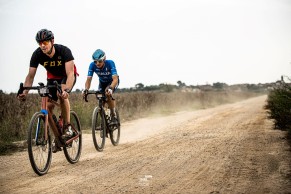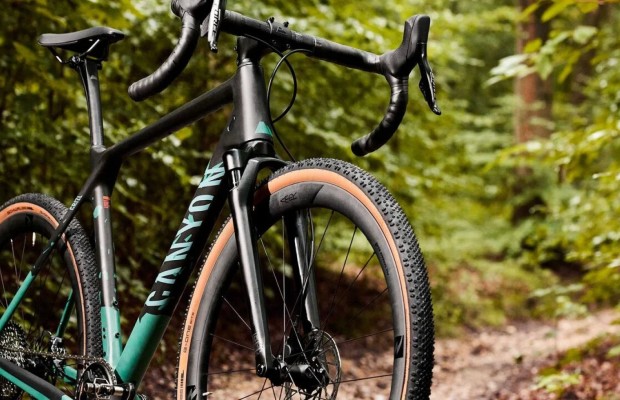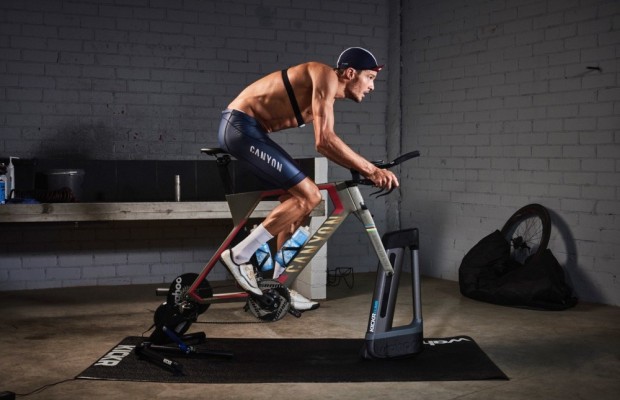How to know if you are improving your performance
Performance is an important factor for many cyclists, even though the lack of resources and external factors such as weather conditions often complicate a correct analysis. In this article, we tell you how to effectively measure and track performance on the bike.

Evaluating performance on the pedals: a guide for a guaranteed analysis
Cycling is leisure, health, and fun, although for a good number of people the hobby goes a little further. Measuring performance -apart from sensations- is the desire of many cyclists, who long to have data with which they can analyze the impact on performance of a period in which they have had the bike parked more than usual or to know the results of a new training routine.
The desire is often frustrated by not having the appropriate means for it. So the question hangs in the air: how can performance be measured reliably?
RECOMENDADO

Some reasons to stay away from the road in winter

The best apps for cycling and mountain biking

Black Friday 2025 cycling bargains: save on Garmin, POC, Maxxis and more

Black Friday Garmin 2025: the ultimate guide to choosing your GPS at the best price

Do you need suspension on your gravel bike?

A real workout saver of only 56 min on the turbo trainer
Races or timing a regular route can be confusing. While these are two moments when the route is timed, not knowing the level of the other participants in the race or the weather conditions on the regular route can lead to inaccurate results and erroneous conclusions.
Therefore, the way to measure performance is to time an ascent. First of all, it should be noted that this should be done in full physical conditions; that is, it cannot be done if you have an infection, virus or similar, as well as heart and/or vascular diseases, hypertension, respiratory or similar diseases. When in doubt or for those over 35, you should consult with a specialist.

Uphills are the perfect laboratory to evaluate performance, as they have conditions that reduce the influence of several external factors that affect speed in other types of sections, such as wind or air density.
The speed on ascents largely depends on the slope itself, a variable that will remain unaltered over time. However, you should choose the slope that best suits your needs.
The ascent should be long -at least about 10 minutes; 20 minutes would be better-, have a slope of at least 5% -although it could even be preferable to find something between 7% and 8%- and be more or less constant, as flat sections or descents will weigh down the analysis.
In addition, it is ideal to find an uphill flanked by trees, buildings or the mountain itself, so that the impact of weather conditions is minimized even more.

As is natural, the measurement should always start and end at the same point, so it is important to take references to avoid forgetting. Recommendations continue with abstaining from taking the measurement on especially windy days, always using the same bike and setting an appropriate gear to reach the end in the best conditions.
It is important to leave between two and three days of rest -or light riding or recovery- before the test, during which a similar routine should always be followed. The test can be done every month and a half or two months.
Once a first time is established, it will be easy to know if there is an improvement. It should be noted that the results are exposed to other uncontrollable derivatives linked to the cyclist's own sensations, so conclusions should not be drawn by comparing a single data point, but rather it would be more rigorous to observe a general trend.

Sustained power is the most rational measure when quantifying performance; specifically, the maximum average power that a cyclist produces over a certain period of time. Despite the advantages of this data, adding the body weight will allow for an even more precise reading.
The power-to-weight ratio is expressed in W/kg and is a key indicator to know the performance of a cyclist.